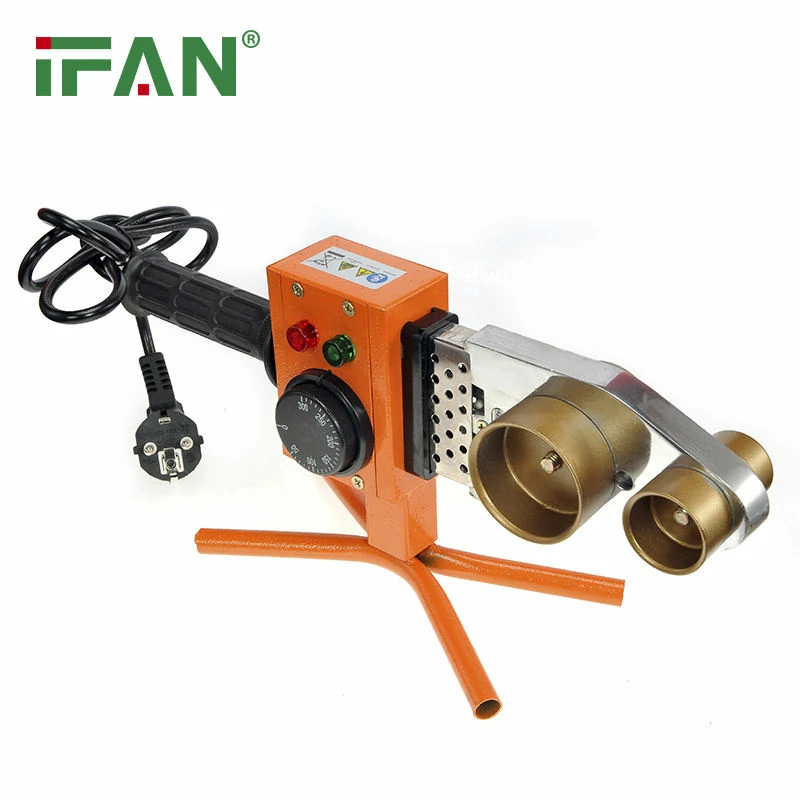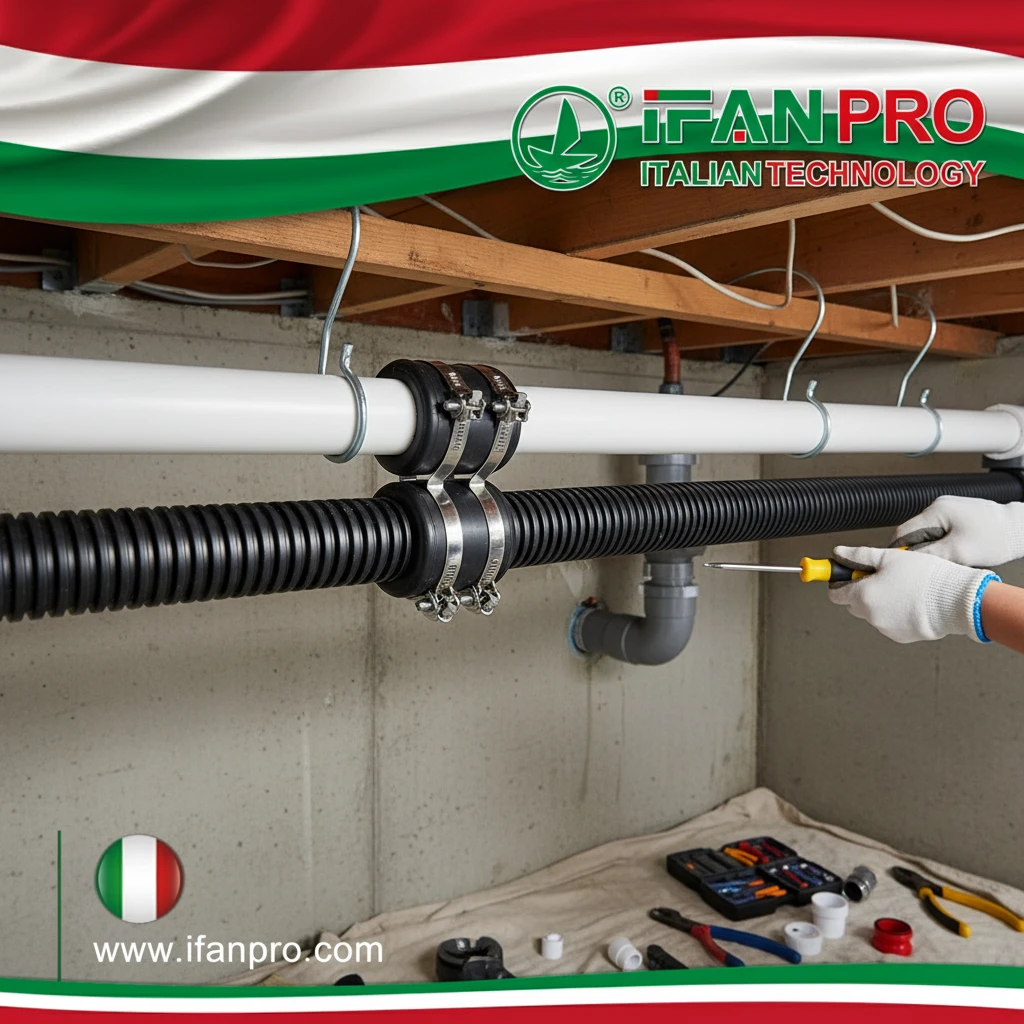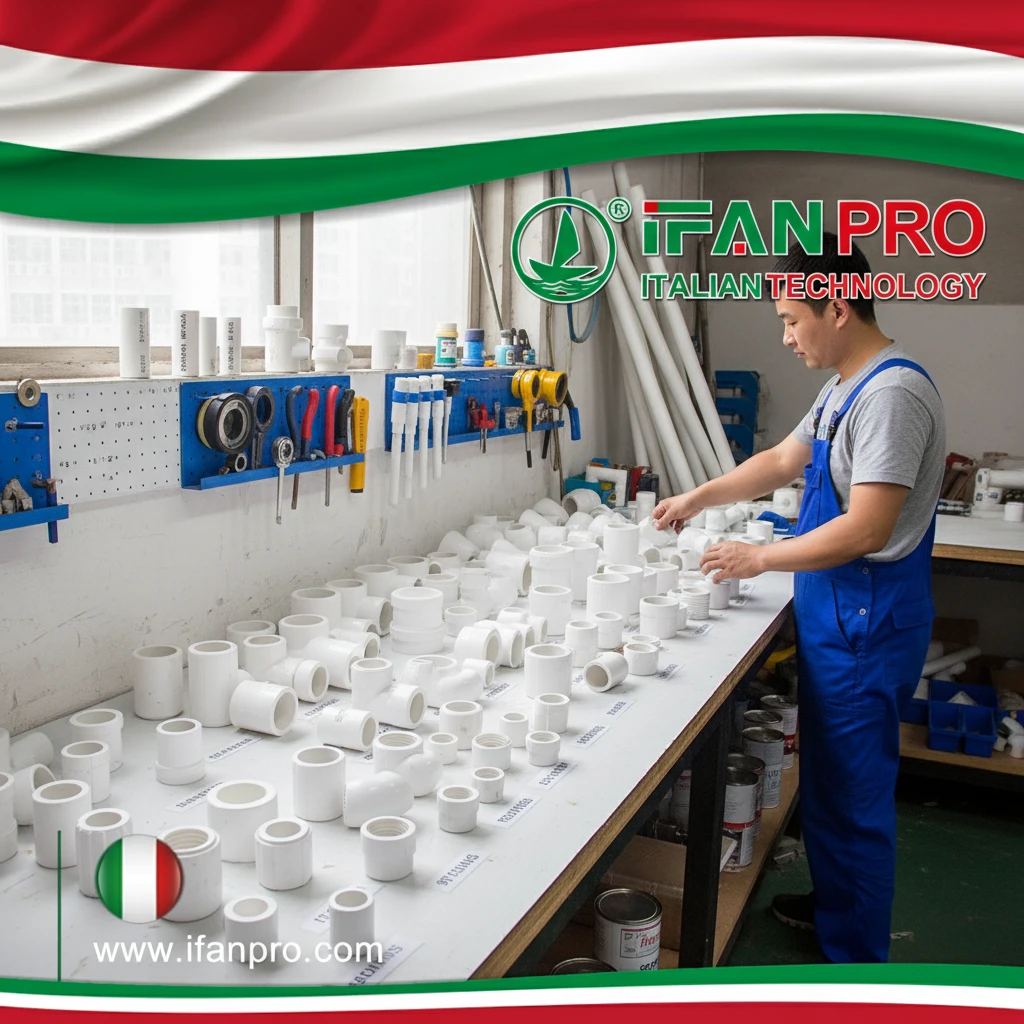PPR welding machines operate at 260°C to 270°C (500°F to 518°F) for optimal pipe fusion. This temperature range ensures strong, leak-proof joints in polypropylene random copolymer pipes.
Standard PPR Welding Temperature Settings
Most professional PPR welding machines maintain 265°C as the ideal working temperature. This setting provides consistent results across different pipe diameters and wall thicknesses.
Temperature variations affect joint quality:
- Below 250°C: Incomplete fusion occurs
- 260-270°C: Perfect welding range
- Above 280°C: Material degradation begins
Temperature Control in Modern PPR Welders
Digital PPR welding machines offer precise temperature control. Advanced models feature automatic temperature regulation within ±5°C accuracy.
Key temperature features include:
- LED temperature displays
- Automatic heating cycles
- Temperature memory settings
- Overheat protection systems
Factors Affecting PPR Welding Temperature
Ambient temperature influences machine performance. Cold environments require longer heating times. Hot conditions may cause temperature overshooting.
Pipe diameter determines heating duration, not temperature. Larger pipes need extended heating periods at the same 265°C setting.
Material thickness affects heat penetration. Thicker walls require longer contact time at standard temperature.
Temperature Verification Methods
Professional installers use infrared thermometers to verify heating plate temperatures. Surface readings should match machine displays within 10°C.
Temperature test strips provide backup verification. These heat-sensitive indicators change color at specific temperatures.
Regular calibration ensures accuracy. Monthly temperature checks maintain welding quality standards.

Common Temperature-Related Problems
Insufficient heating creates weak joints. Pipes separate under pressure when welding temperature drops below 250°C.
Overheating causes material burning. Excessive temperatures create brittle joints that crack over time.
Temperature fluctuations produce inconsistent welds. Unstable heating affects joint strength and durability.
PPR Welding Machine Temperature Maintenance
Clean heating plates maintain accurate temperatures. Residue buildup creates hot spots and uneven heating.
Replace heating elements showing temperature variations. Worn elements cannot maintain consistent 265°C output.
Check temperature sensors annually. Faulty sensors provide incorrect readings, affecting weld quality.
Optimal Temperature for Different PPR Applications
Residential plumbing requires standard 265°C welding temperature. Home installations use smaller diameter pipes with thinner walls.
Industrial applications may need adjusted heating times at the same temperature. Heavy-duty pipes require extended contact periods.
Cold climate installations benefit from slightly higher initial temperatures. Machines may be set to 270°C in freezing conditions.
Temperature Safety Considerations
PPR welding machines reach dangerous temperatures. Always wear protective equipment when operating at 265°C.
Burn prevention requires proper handling techniques. Never touch heating plates during or immediately after welding.
Fire safety becomes critical at welding temperatures. Keep flammable materials away from hot welding equipment.
Choosing the Right PPR Welding Machine
Professional contractors need machines with stable temperature control. Look for models maintaining ±3°C accuracy at 265°C.
Digital displays provide real-time temperature monitoring. Analog gauges lack precision for critical welding applications.
Quick heating reduces project time. Quality machines reach 265°C within 10-15 minutes.
Conclusion
PPR welding machines operate at 260-270°C for optimal pipe fusion. Maintaining 265°C ensures strong, durable joints in polypropylene pipe systems. Professional installation requires precise temperature control and regular calibration.
Choose welding equipment with reliable temperature regulation. Your pipe connections depend on consistent heat application at the correct temperature range.
Looking for high-quality PPR pipes and professional welding equipment? Contact our experts for customized piping solutions that meet your specific project requirements.













Commentaires récents